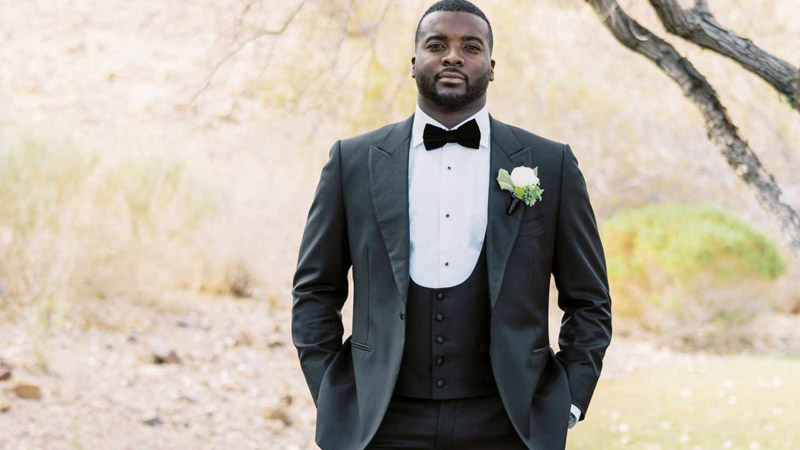

More in Style
-


Style
Hugo Steps Up as Official Apparel Partner for Visa Cash App Red Bull F1 Team
Hugo, the freshest face in the Hugo Boss family, has clinched a pivotal role as the...
-


Style
Refined and Dapper: Unveiling the Allure of the 3-Piece Suit
In the realm of men’s fashion, few ensembles exude as much refinement and timeless elegance as...
-


Style
Suited for Perfection: Unforgettable Men’s Wedding Suits to Enhance Your Special Day
A wedding is a momentous occasion filled with love, joy, and cherished memories. As the groom,...
-


Style
Breaking Tradition: Unveiling Custom Tuxedos in Blue for Grooms
When it comes to the groom’s attire, a custom-tailored tuxedo offers the perfect opportunity to make...
-


Style
Dress to Impress this Summer: Explore Must-Have Bespoke Shirts
As the summer season arrives, it’s time to revamp your wardrobe and embrace a fresh, stylish...
-


Style
Reinventing Suit Fashion: 9 Trendsetting Ways to Wear It
However, the world of men’s fashion has undergone a significant evolution, liberating suits from their rigid,...
-


Style
Mysterious Charm: Embracing the Black Tuxedo Suit for Unforgettable Impressions
When it comes to men’s formal wear, few garments can rival the timeless elegance and sophistication...
-


Style
Fashion Forward: Unleashing the Power of Vibrant Colors on Your Green Tuxedo
A green tuxedo, be it a dark green tuxedo or a forest green tuxedo, is a...
-


Style
Your Guide to Men’s Suits and Summer Dressing
When the summer heat arrives, dressing in formal attire can be a challenge. However, with the...
-


Style
Fashionable Love: Men’s Style Inspiration for Valentine’s Day
Valentine’s Day is just around the corner, and it’s the perfect time to dress to impress...
-


Style
Beyond the Traditional: A Look into the Anti-Business Suit Styles
“Business suits” have long held their ground as the quintessential attire for professionals worldwide. The traditional...
-


Style
From Ordinary to Extraordinary: Unlocking the Secrets of Men’s Suit Style
Men’s suits have long been a symbol of sophistication, professionalism, and timeless elegance. Wearing a well-fitted...
-


Style
How to Customize Suits for a Slimmer and More Stylish Look: Expert Tips and Tailoring Techniques for Men
By incorporating these expert tips into your wardrobe, you can achieve a slimmer and more stylish...
-


Style
Experience Star Power: Andre Emilio’s Unveils Designs Inspired by Tony Awards 2023 Celebrity Fashion
The Tony Awards 2023 was not just a celebration of Broadway’s finest but also served as...
-


Style
Bespoke Suits and Contemporary Made-to-Measure Men’s Attire Solutions
When it comes to men’s fashion, nothing exudes sophistication and confidence quite like a perfectly tailored...
-


Style
Trends and Classics: The Perfect Blend for Men’s Stylish Attire
When it comes to men’s fashion, finding the right balance between trends and classics is the...
-


Style
How to Look Better in Men’s Party Wear
When it comes to attending parties, men’s fashion has evolved beyond the standard suit and tie....
-
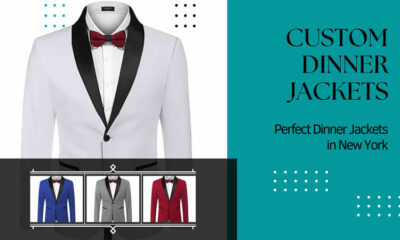

Style
Perfect Dinner Jackets in New York
Are you worried about finding perfect dinner jackets online in New York? Do you want your...
-
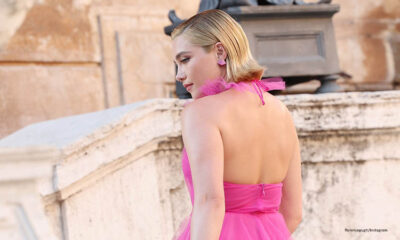

Style
Florence Pugh opposes criticism of her revealing dress: “Listen, I knew when I wore that incredible Valentino dress”
Florence Pugh wore the sheer Valentino dress to the couture show on Friday She shared a...
-


Style
What to Wear to a Job Interview for Men
One of the key elements to presenting the best first impression in an interview is how...
-


Style
Tips to Captivate Women and win their Hearts
Women are sometimes difficult to read, and some men are amazed at how they can charm...
-


Style
19 Ways To Stop Falling Hair Immediately
Does your hair fall out a lot? Don’t stress yourself, you are not alone. Millions of...
-


Style
Cannes Film Festival 2019: All The Fashion
Quentin Tarantino’s highly anticipated Once Upon a Time in Hollywood made its debut at the Palais des Festivals on...
-


Style
How to Wear Tie-Dye
If you’re an adult figuring out how to wear tie-dye without looking like your adolescent self, I’m with...
-


Style
The Best Celebrity Couples on the 2019 Oscars Red Carpet
In anticipation of the 91st annual Academy Awards on Sunday evening, we couldn’t help but be distracted...
-


Style
Grammy Awards Red Carpet: Battle of the Divas
The biggest night in music brings out some of fashion’s most memorable moments. And the stars...
-


Style
The Most Remote Travel Destinations on the Planet
If you want to go off the grid, travel to some of the most remote, ruggedly...
-
Style
A Complete Guide to choose best A Level School in Lahore
Moving ahead in your academic career and choosing subjects for your A-level isn’t a decision you...
-


Style
Andre Emilio Fall/Winter Bespoke Luxury Collection 2018-19
In this collection Andre Emilio has stayed close to the luxury standards. Featuring the double breast...
-


Style
5 Lease-Friendly Painting Projects to Spruce Up Your Rental
Any space you inhabit should feel like home, whether it’s a short-term rental or the deed...
-


Style
Eid Collection by Shameel Khan of Festive Kurtas & Waistcoat
Shameel Khan has launched their Eid Collection of festive kurtas & waistcoats. The elegant collection of Shameel...
-
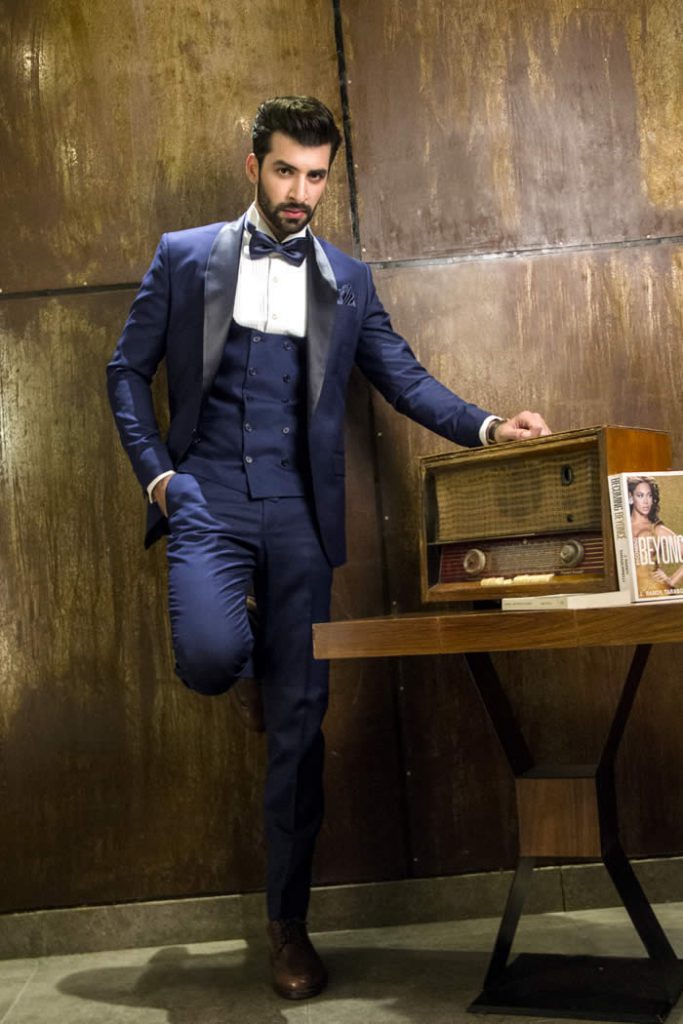

Style
Best Bespoke Men’s Luxury Suiting in Pakistan
Bespoke men’s luxury suiting is the ultimate in fashion. Custom clothing is the perfect expression of...
-


Style
9 Fresh Ways to Wear A Suit
Buying a suit is a lot like buying life insurance: it’s an expensive purchase, but one...
-


Style
Stars Help Raise $400K at Annual Lupus LA Hollywood Bag Ladies Luncheon
Celebrities, socialites, fashionistas and supporters of the lupus cause came together earlier today for the Fourteenth...
-


Style
Smaaashing Brunch Party at SMAAASH Noida
Brunches are perfect to spend some quality time with your loved ones, as you indulge in...
-


Style
American Music Awards Red Carpet 2016
It’s Drake’s night at the American Music Awards, as he broke Michael Jackson’s record with 13...
-


Style
Khaleesi Bar & Kitchen Arrives in Mumbai
Khaleesi Bar & Kitchen joins the landscape of the famous Mirabella. Entrepreneur Swaraaj Kapoor launches his...
-


Style
Fashion Central international November Issue 2016
The Nov 2016 issue of the Fashion Central International is offered for viewing. Every page of...
-


Style
Levi’s Live Second Live Performance
After the first successful Levi’s Live session in September, the stage is now set for the second live session on the 11th...
-


Style
Celebrities at Red Carpet of Hum Style Awards 2016 PART 1
Organizer: TakeII Media, PR & Client Management The red carpet of Qmobile Hum Style Awards provided...
-
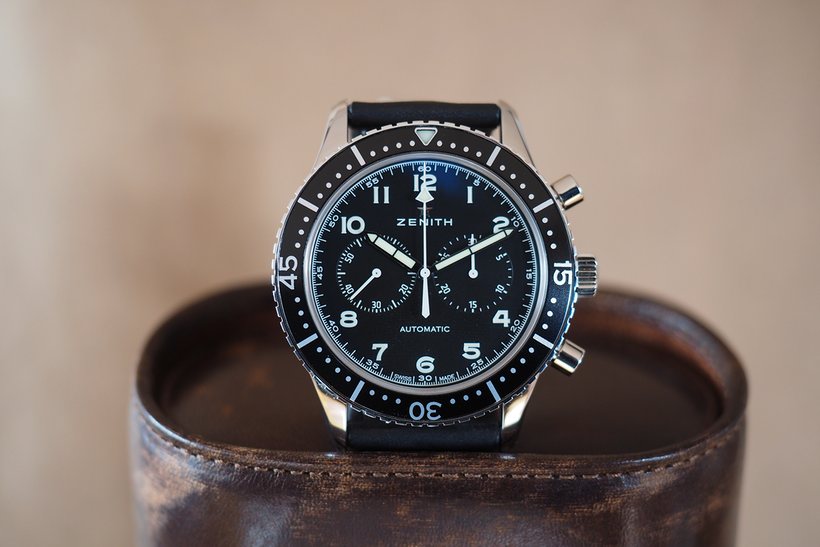

Style
Zenith Heritage Cronometro Tipo CP-2 Watch
At Baselworld 2016, I had a sneak peak at this new limited-edition Zenith Heritage Cronometro Tipo...
-


Style
Fashion Central International Magazine July Issue 2016
The July 2016 issue of the Fashion Central International is offered for viewing. Every page of...
-


Style
Fashion Central international June Issue 2016
June 2016 issue of the Fashion Central International is live and available for review at one...
-


Style
Zayn Malik Covers ‘Paper’ Magazine
When Zayn Malik left One Direction in March 2015, honest-to-god tears flowed across the globe. Just...
-
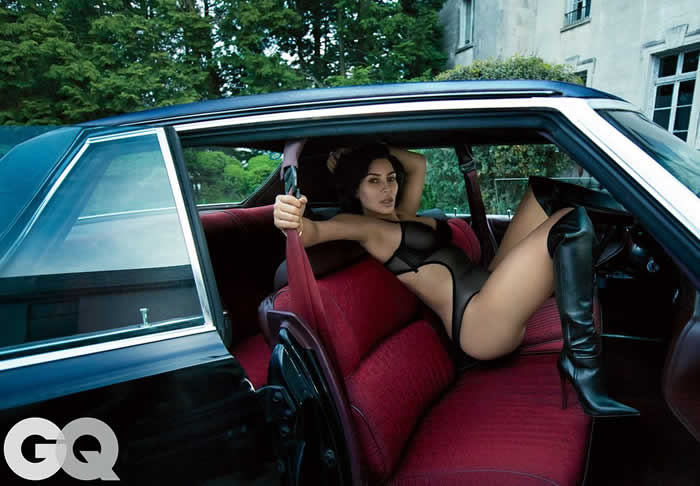

Style
Kim Kardashian West on Her First GQ Cover
Who better to be on the cover of GQ‘s 10th-anniversary Love, Sex, and Madness issue than...
-


Style
Fashion Central international May Issue 2016
May 2016 issue of the Fashion Central International is pleasing with regards to the images and...
-
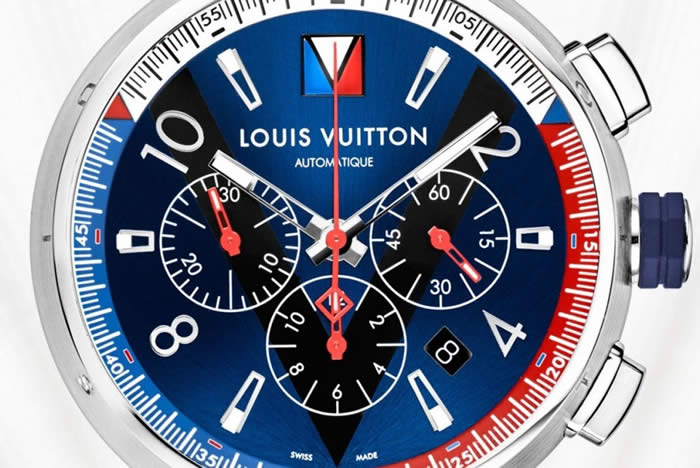

Style
Louis Vuitton Tambour Blue Chronograph
The Tambour Blue Chronograph from Louis Vuitton features a rich design and incorporates a deep blue...
-


Style
Fashion Central international April issue 2016
April 2016 issue of Fashion Central International is uplifting for the emotions with images totally heartwarming...
-


Style
Jennifer Lawrence Wears the Breezy Patchwork Skirt You Need For Summer
While it’s not surprising to spot Jennifer Lawrence without a big, goofy smile on her face,...
-
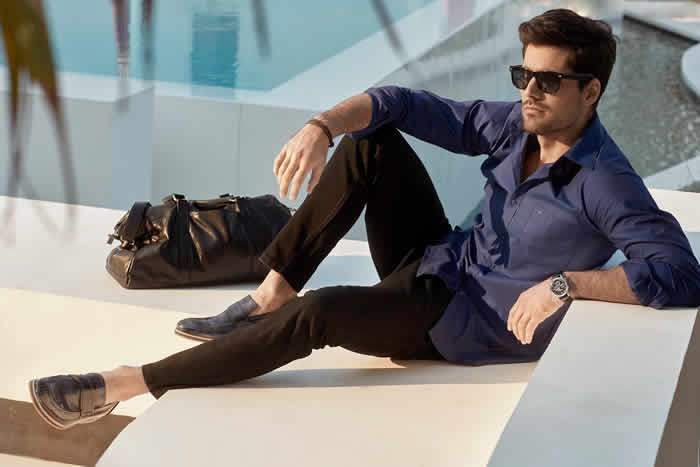

Style
Monte Carlo’s Latest Indigo Collection
With the summer season on the horizon, it is now time to pack up the sober...
-


Style
Runway Pakistan Fashion Show from 21st Jan to 23rd Jan
The Runway Pakistan fashion show gets ready to provide some glamorous evenings to the elite fashion...
-
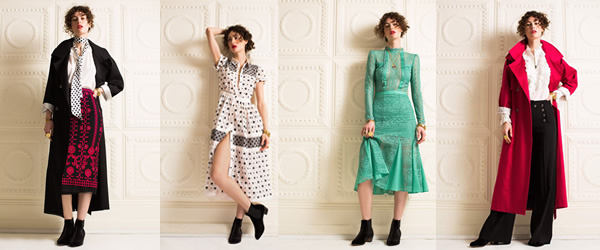

Style
Temperley London Pre-Fall 2016 Collection
Alice Temperley London turned out bohemian looks for a “Cuban meets folk dandy” pre-fall collection in...
-
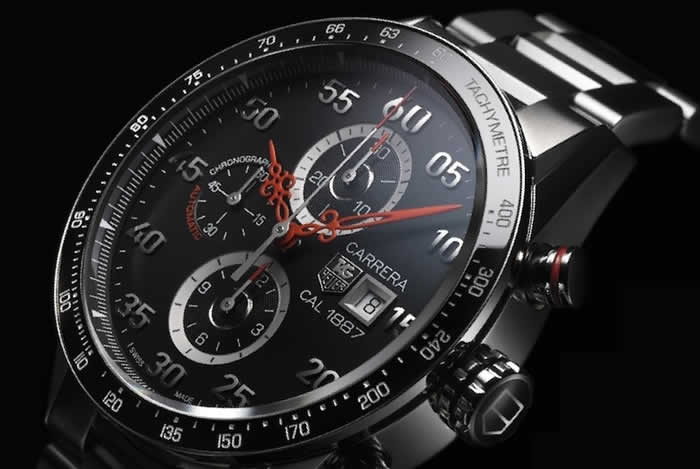

Style
TAG Heuer Carrera Calibre Machine Nendo Limited Edition Watch
If you are like me, you have heard about TAG Heuer, but until now did not...
-


Style
10 Most Popular Cruise Ships
Nearly everyone has a favorite cruise ship. In this chart, we outline the key distinctions among...
-


Style
7 Dream Luxury Vacations for Couples
Dedicated 24-hour butlers, villas with private pools, incredible views and pristine sandy beaches are some of...
-
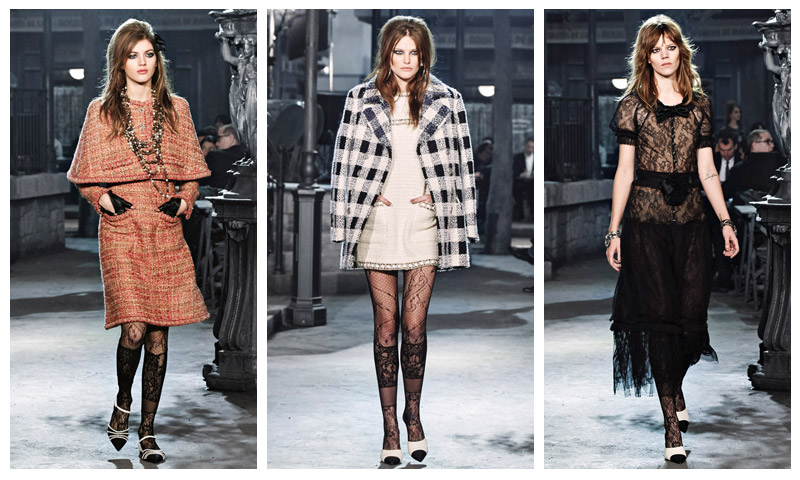

Style
Chanel Pre-Fall 2016 Collection
Leave it to Karl Lagerfeld to combine those familiar phrases with cinematic roots in order to...
-


Style
Style Tips On How To Wear Puffer Vests This Fall
Every winter, one of the hardest struggles that fashionistas go through is looking for something to...
-


Style
Glashütte Original Senator Observer Watch Review
Iterally feel as though I am wearing a beautiful clock on my wrist while donning the...
-


Style
WTF Outfits From the Victoria’s Secret Fashion Show
The Victoria’s Secret Fashion Show 2013 took place in New York City, revealing the latest creativity...





